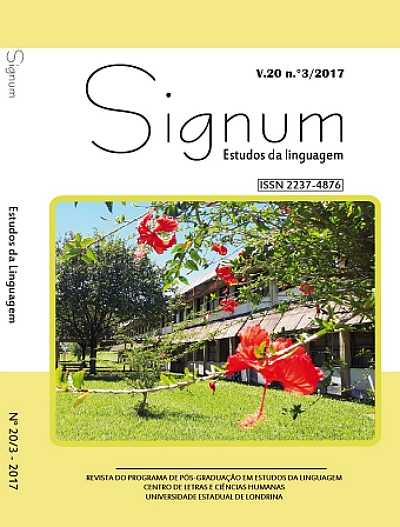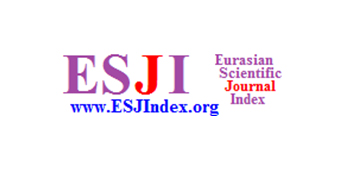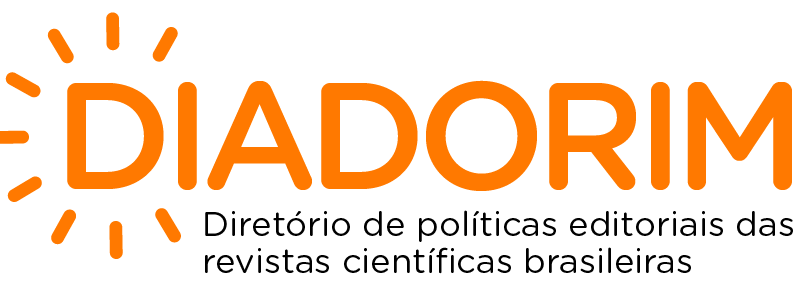The role of f0 and intensity in distinguishing yes/no questions from neutral statements in the nuclear region of the dialect of people from Curitiba
DOI:
https://doi.org/10.5433/2237-4876.2017v20n3p265Keywords:
Prosody, F0 and e Intensity, Dialect from Curitiba.Abstract
This study aims at investigating whether acoustical parameters such as F0 and intensity have a role in distinguishing neutral statements from neutral yes/no questions of the dialect of people from Curitiba, Paraná. For the corpus, two informants (a woman and a man) who were born in Curitiba were recorded following the methodology of the project Multimedia Prosodic Atlas for Romance Languages - Portuguese (AMPER-POR) to which the present research is link to. Based on the analysis of the data, it was possible to conclude that both acoustical parameters play a role in distinguishing the sentences. The values for F0 comparing yes/no questions and neutral sentences are significantly different mainly in the pre-tonic syllables and some of the pos-tonic. Intensity has also shown different patterns with significantly different values for pre-tonic syllables of the oxytones, pre-tonic and tonic slyllables of the paroxytones and for pre-tonic, tonic and pos-tonic slyllables of the proparoxytones. It can be concluded that F0 and intensity are two important prosodic features in order to distinguish a statement from a yes/no question.
Downloads
Downloads
Published
How to Cite
Issue
Section
License
Copyright (c) 2017 Signum: Estudos da Linguagem

This work is licensed under a Creative Commons Attribution-NonCommercial-NoDerivatives 4.0 International License.
This journal reserves the right to make, in the originals, normative, orthographic and grammatical modifications in order to maintain the standard language and the credibility of the publication. It will respect, however, the authors' style of writing. Modifications, corrections and suggestions of conceptual order will be forwarded to the authors, if necessary. In these cases, the papers, once appropriate, should be submitted to a new appreciation. The final examinations will not be forwarded to the authors. Works published become property of Signum, being its total or partial reprint subject to an explicit authorization of the journal. In all subsequent quotes the original source of publication should be mentioned, in case, in Photographic Discourse. Opinions emitted by the authors are their exclusive responsibility.
















